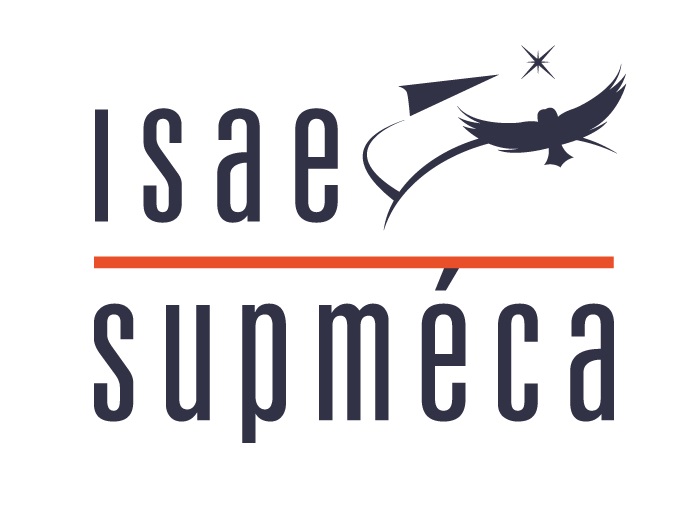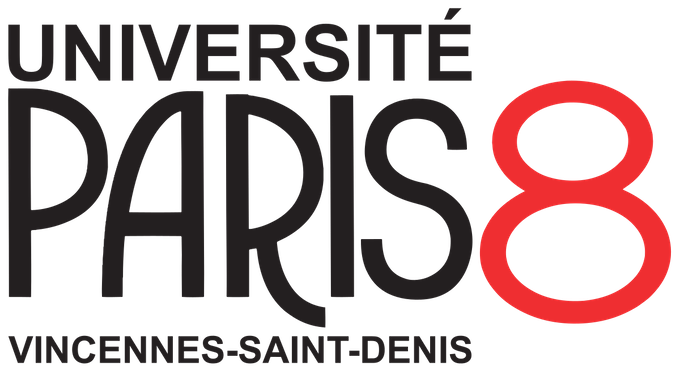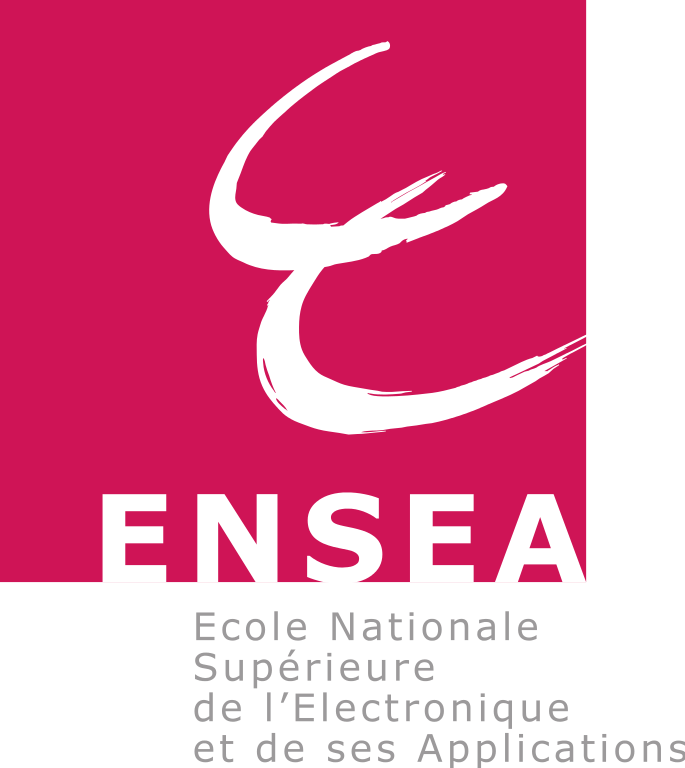HDR defence of Ms Olga Klinkova
Dr. Olga Klinkova, Associate Professor at ISAE-Supméca will defend her Habilitation to Supervise Research on Tuesday, November 9, 2021 at 2 pm in amphitheatre 3 on the topic Damage of to bonded hybrid structures.
Summary
The work presented in this HDR concerns the analysis of damage to hybrid structures (multi-materials, one of which is an organic matrix composite) assembled by bonding. In service, these structures are often subjected to several operational constraints which are generally of mechanical and environmental origin. My research lies at the interface between fracture mechanics and damage mechanics. In order to understand the multi-physical phenomena related to multi-scale, heterogeneous, and very often non-isotropic multi-material assemblies, I first focused on pure polymers. These organic materials are notably used as adhesives. They can be reinforced with a marquisette to ensure controlled fluidity, but also to ensure a constant thickness of the adhesive film. My approach has led me to address a number of questions, all of which are scientific obstacles : What are the appropriate methods for measuring damage (initial and diffusive) ? How does the damage evolve in the presence of a mechanical stress, a thermal gradient or humidity ? How is the spherulitic microstructure of semi-crystalline polymers related to damage initiation and propagation ? Knowing the damage mechanisms, can the lifetime be predicted ? How can we ensure good bonding ? At what scale should we model, in order to capture the physical phenomena that occur in bonded assemblies ? For 9 years, I have tried to investigate these questions by combining durability and service life from experimental, analytical and numerical perspectives. High resolution tomographic observations of polymers allowed us to highlight the damage mechanisms, the link between the parameters of the processing, the microstructure and the type of stress. Subsequently, I directed part of my research activities, notably through industrial collaborations, towards the prediction of the lifetime of bonded assemblies containing damage. This prediction requires adequate experimental characterisation coupled with analytical and numerical calculations. The kinetics of crack propagation under dynamic loading was characterised experimentally for mode I (tension normal to the crack plane) and mode II (shear parallel to the crack plane and perpendicular to the crack front). A test bench was designed for this purpose in accordance with industrial requirements (aeronautics), under controlled environmental (hygro-thermal) conditions. The originality of the test bench lies in the possibility of piloting dynamic tests with an imposed energy restitution rate, which makes it possible to get rid of the dependence of the energy restitution rate on the length of the damage. In addition, an analytical and numerical modelling of the assembly on a mesoscopic scale was set up for a conveyor belt damaged in service and repaired by gluing a patch. This fast coupled hygro-thermo-mechanical model can be adapted for many hybrid structures, provided that the material properties of each layer are known (mechanical properties, swelling in the presence of moisture, moisture diffusion law as well as thermal expansion coefficients). Bonding depends on several interrelated parameters, including the surface treatment of the substrates and the nature of the constituents. We have set up a protocol for characterising the treated surface by measuring roughness, wettability and surface free energy, validated on composites and steels. This allowed us to make good choices in terms of surface preparation and to ensure bonding performance. Damage tolerance is discussed next. The collection of articles presents the main axes along which my work is organised. To continue this work, several perspectives emerge. Firstly, I would like to consolidate the models developed, by working on the strong assumptions of the calculations, in order to be able to describe the physics in a more realistic way. Then, to apply reliability methods to the measured parameters. Transversal ideas are proposed, related to the characterisation of tribological damage and health monitoring with mechatronic systems. A research axis on mechanical recycling will allow us to establish the link between the combinations of virgin/recycled material mixtures and the physical properties of the obtained composites.




